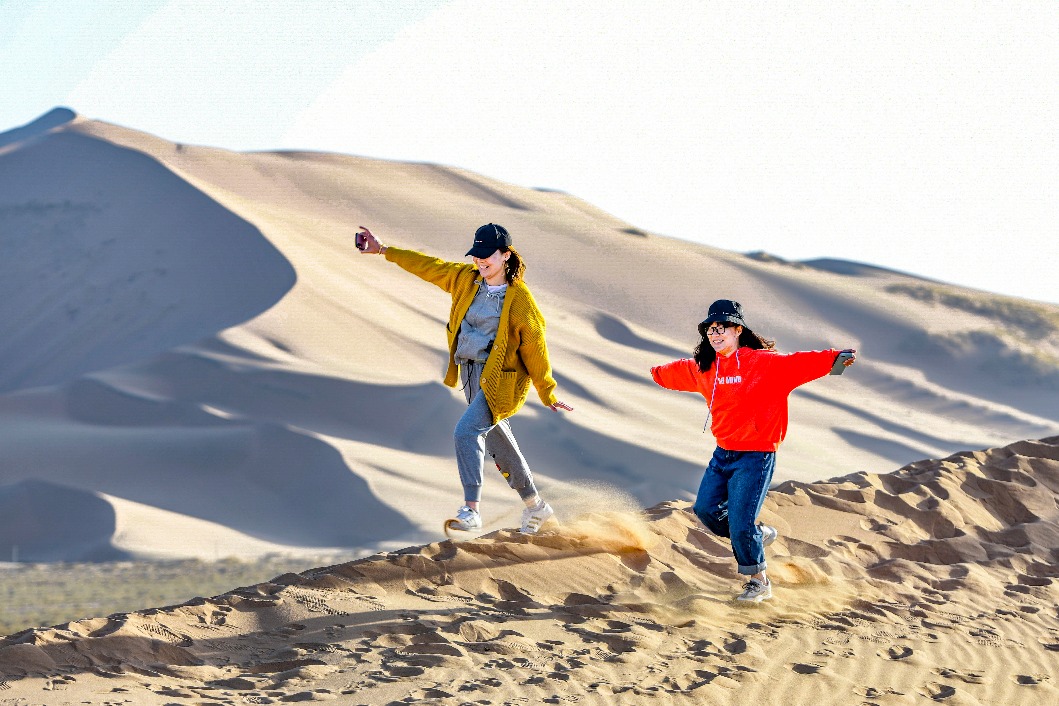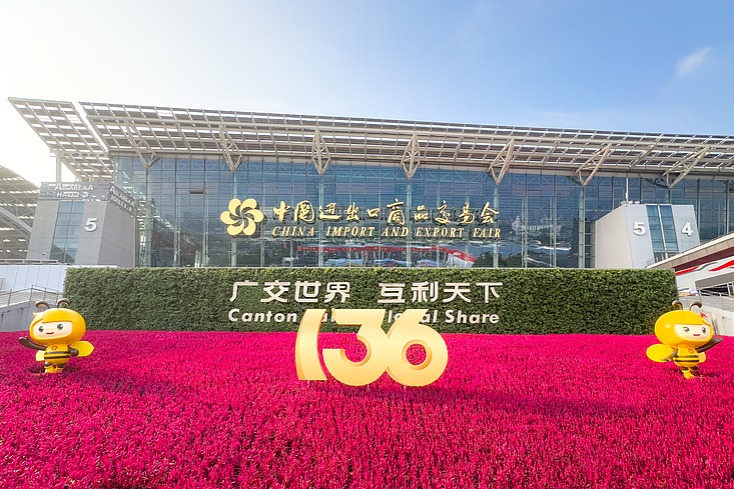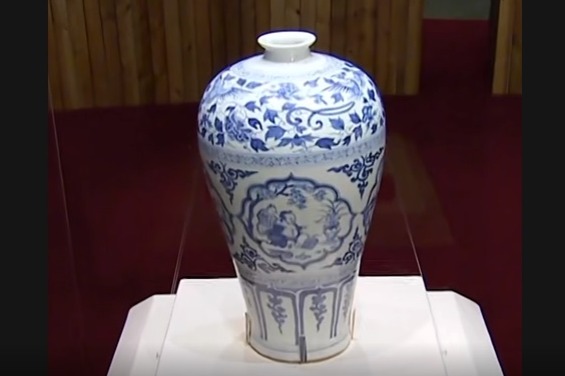Lavash – Traditional culture of baking and sharing thin flatbread in Azerbaijan recognized by UNESCO
AZERTAC | Updated: 2022-01-20 11:50

Used by every family in Azerbaijan, lavash is a soft, thin unleavened flatbread made of flour and water.
The word "lavash" is repeatedly found in early Turkic written sources. While in other countries, these flat cakes are called "katyrma", "zhupka" or "yufka", however, their composition and taste is almost the same, like the way of baking.
Worldwide known "Dīvānu Luğāti-t-Türk" dictionary of 1072-1074 years, one of the first unique scientific written monuments of the Turkic peoples written by outstanding scientist and thinker of Turkic world Mahmud Kashgari, contains information that at that time in Azerbaijan was prepared thin bread.
The flatbread was also highlighted in ancient book - Kitabi-Dada Gorgud" epos, the written Azerbaijani antique monument and Oghuz-Turkic legend, under the name "Bozlamadzh". The Azerbaijani literature provides essential information about lavash by the greatest poets and writers, including Nizami Ganjavi, Mahsati Ganjavi, Khagani Shirvani.

In Azerbaijan, lavash is baked not only in traditional ovens which is tandir (an earth or stone oven in the ground), but also in saj – a large convex pan, under which fires if made.
In Azerbaijan, you can buy fresh, tasty bread of various kinds, even flatbread lavash in bakeries and supermarkets.
Lavash is also used for cooking different Azerbaijani national dishes and the name lavash can be found in various culinary recipes. This is an indication of Azerbaijani people's rich imagination. In many regions of the country, lavash is dried and kept in storage for long periods.
Baking lavash is a collective activity; all members of the family, as well as neighbours and friends in some settlements and villages, participate in the process. During communal work joking prevails, a jovial mood and friendships, and hospitality traditions are strengthened. Perhaps this is why lavash has become a symbol of tradition with deep roots in Azerbaijan.
Lavash is cut during many important events - in weddings, marriage ceremonies, and mourning rituals.
The tradition of preparing and cutting lavash is the basis of Azerbaijan cuisine. In archaeological excavations carried out in the country's territory, artefacts used for the preparation of lavash and belonging to the Bronze Age have been found.

All of this shows that the method of preparing lavash has remained unchanged over the centuries. And this fact is the embodiment of the Azerbaijani people's commitment to their centuries-old tradition.
Each people have their own customs associated with lavash. In Azerbaijan and Iran, it is put on the bride's shoulders or crumbled over her head to wish the couple prosperity while in Turkey it is given to the couple's neighbours.
Bread has been a symbol of abundance and prosperity for centuries. The lavash bread making has been highly respected and preserved tradition that passed down from generation to generation. The Aghdam Bread Museum is a clear evidence in this regard.
Since the first bread museum was established in Zurich in 1940, many others have opened around the world, including in Azerbaijan. In addition to the display of about 2,800 exhibits, the museum provided information about bread and bakery products, agricultural tools and their history.
Unfortunately, however, the Museum of Bread in Aghdam, like much of this once blossoming town, was destroyed during the first Karabakh War and remained in the Armenian-occupied zone of Karabakh region for almost three decades.
After the Second Karabakh War, the city of Aghdam was liberated and under the instructions of President of Azerbaijan Ilham Aliyev, restoration work of the city, including the improvement of historical, architectural and cultural monuments have begun.
Lavash, together with Katirma, Yupka, Yufka - the preparation, meaning and appearance of traditional bread as an expression of culture, jointly presented by Azerbaijan, Turkey, Iran, Kazakhstan and Kyrgyzstan, at Azerbaijan's initiative, was included in UNESCO's Representative List of Intangible Cultural Heritage at the 11th Session of UNESCO's Intergovernmental Committee for the Safeguarding of Intangible Cultural Heritage, held from Nov 28 to Dec 2, 2016, in the capital city Addis-Ababa of Ethiopia.
























